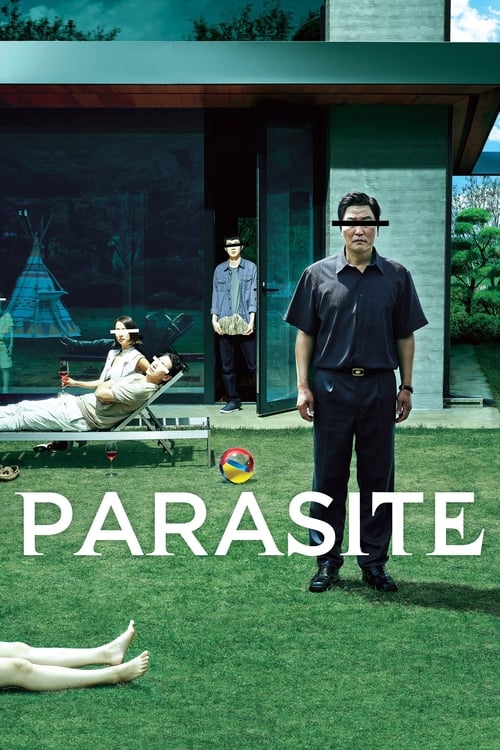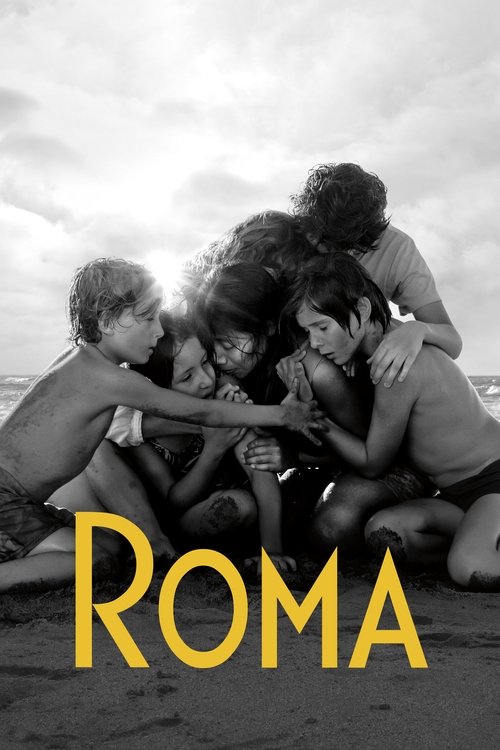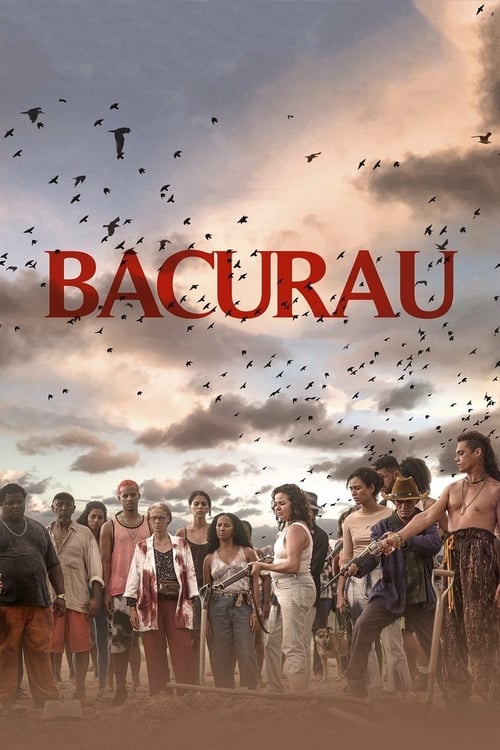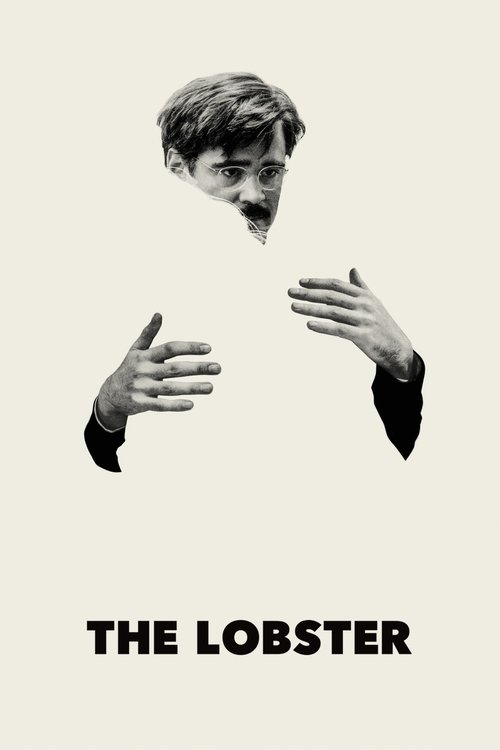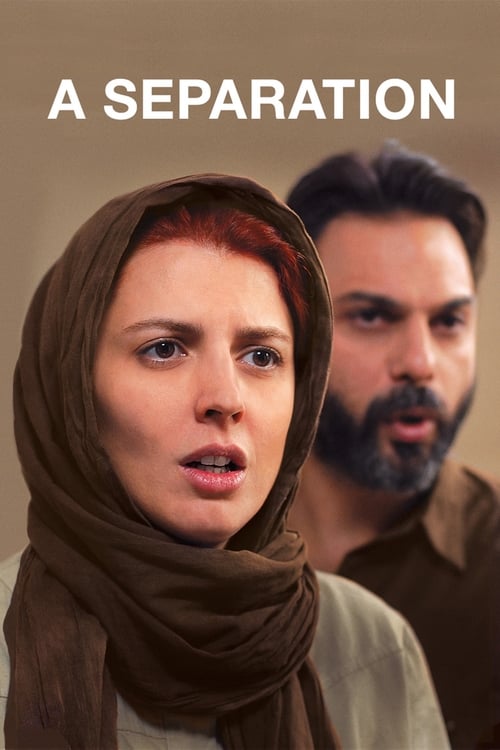2010s: Global Cinema Rising
International voices gain prominence
The 2010s marked a transformative decade where international cinema forcefully challenged Hollywood's cultural hegemony, bringing diverse voices and perspectives to global audiences.
South Korean cinema emerged as a particularly powerful force, culminating in Bong Joon-ho's "Parasite" making history as the first non-English language film to win the Academy Award for Best Picture. This breakthrough represented more than just a single film's success – it symbolized the growing global appreciation for Korean storytelling, which had been building through works like Park Chan-wook's "The Handmaiden" and Lee Chang-dong's "Burning." These films demonstrated sophisticated technical mastery while addressing universal themes of class struggle, desire, and social inequality through a distinctly Korean lens.
Chinese cinema experienced unprecedented growth, both commercially and artistically. Films like Bi Gan's "Long Day's Journey Into Night" pushed technical boundaries with its ambitious 59-minute 3D sequence shot, while Zhang Yimou continued his evolution with visually stunning works like "Shadow." Meanwhile, Japanese animation reached new heights of global recognition, with Makoto Shinkai's "Your Name" becoming the highest-grossing anime film worldwide, demonstrating how animation could tackle complex themes of identity, time, and connection with profound emotional depth.
Mexican filmmakers continued their ascendancy, with Alfonso Cuarón's "Roma" representing a pinnacle of personal filmmaking while pushing technical boundaries in digital cinematography. The film's success on Netflix demonstrated how streaming platforms could amplify international voices. Simultaneously, Brazilian cinema found renewed vigor through works like Kleber Mendonça Filho's "Bacurau" and "Aquarius," which boldly addressed political and social issues while experimenting with genre conventions. Throughout Latin America, filmmakers increasingly merged social commentary with innovative storytelling techniques.
European cinema demonstrated remarkable vitality through emerging voices and established masters. Greek director Yorgos Lanthimos crossed into international prominence with "The Favourite" and "The Lobster," establishing his distinctive absurdist style while attracting A-list talent. French cinema continued its artistic leadership through works like Céline Sciamma's "Portrait of a Lady on Fire," which reinvented period drama conventions while exploring themes of female gaze and artistic creation. These films showed how European cinema could maintain its artistic traditions while embracing contemporary sensibilities.
Iranian cinema maintained its vital voice despite political constraints, with Asghar Farhadi's "A Separation" and "The Salesman" winning Academy Awards and demonstrating how universal human drama could transcend cultural barriers. Lebanese director Nadine Labaki's "Capernaum" brought attention to social issues through powerful neorealist techniques, while Saudi Arabian cinema emerged with groundbreaking works like Haifaa al-Mansour's "Wadjda," the first feature film shot entirely in Saudi Arabia by a female director.
African cinema experienced a renaissance with filmmakers like Senegal's Mati Diop making history as the first black female director to compete at Cannes with "Atlantics." South African production values reached new heights with films like "District 9" and "Queen of Katwe," while Nigerian cinema ("Nollywood") continued its evolution toward higher production values and international recognition. These developments represented a crucial shift in how African stories were told, increasingly by African voices rather than through a colonial lens.
More Ideas
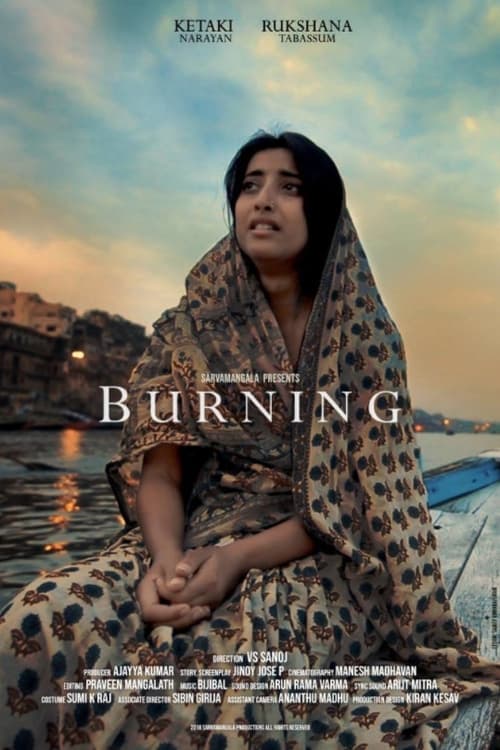
Burning
(2018)
Mysterious psychological thriller based on Murakami story
Streaming on Netflix

Shadow
(2018)
Visually stunning wuxia drama
Streaming on Amazon Prime

Cold War
(2018)
Romance across decades of European history
Streaming on Amazon Prime
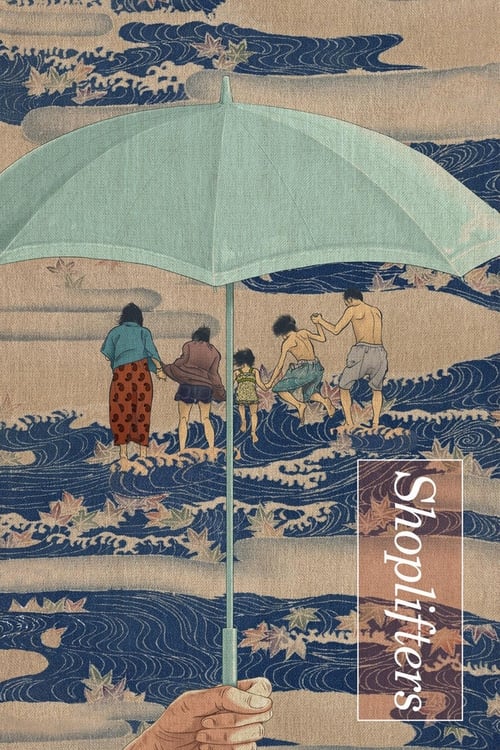
Shoplifters
(2018)
Tender exploration of chosen family in Japan
Streaming on Hulu

The Wailing
(2016)
Genre-defying Korean horror thriller
Streaming on Amazon Prime
